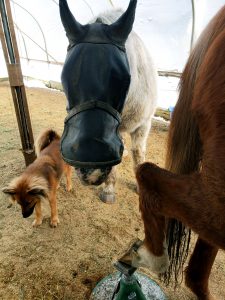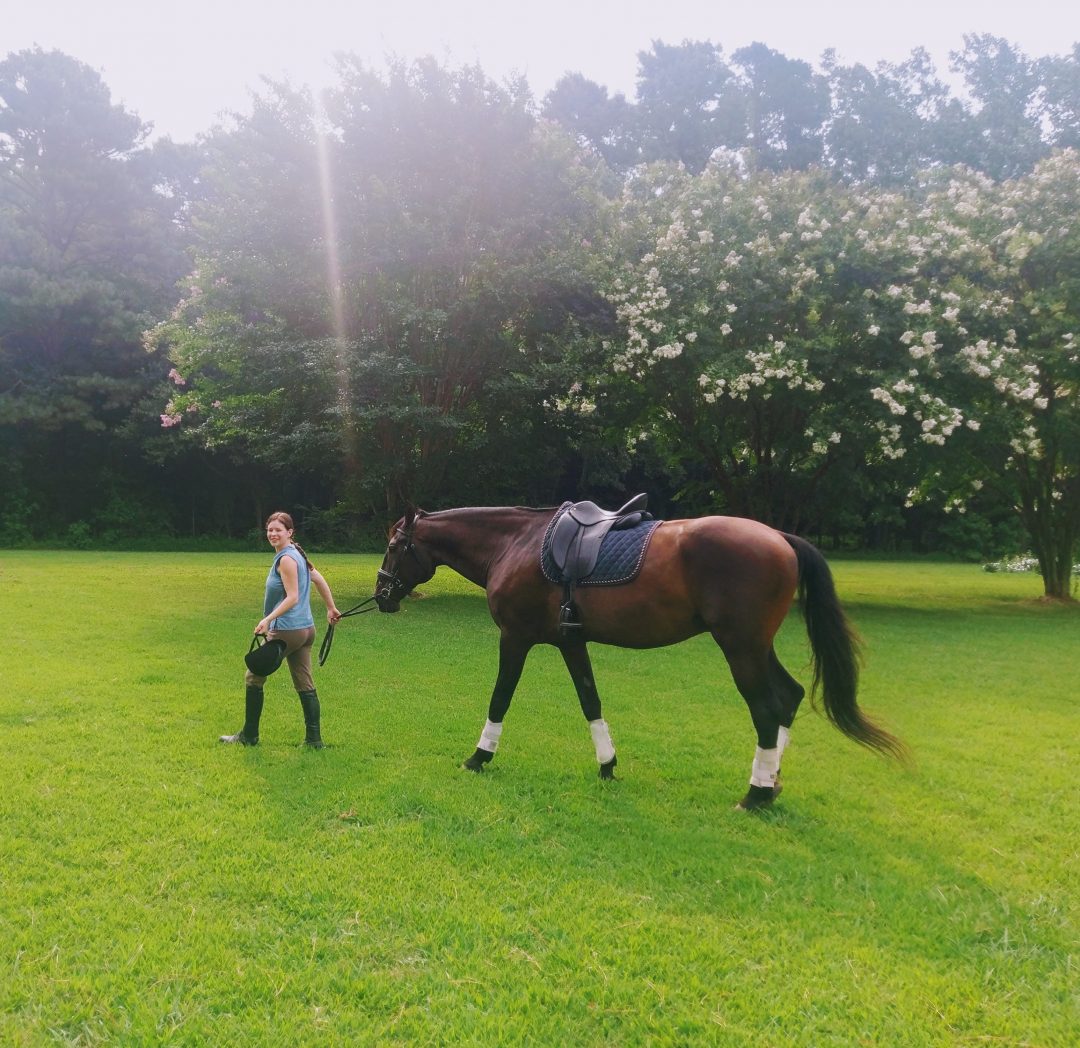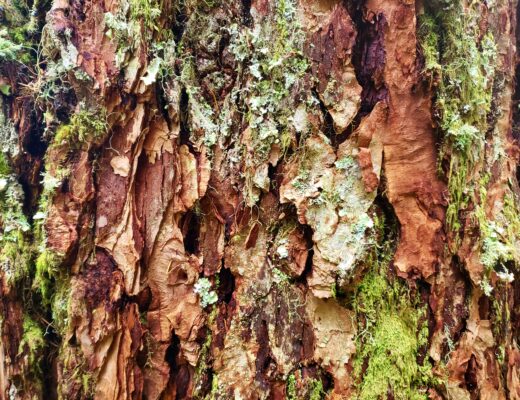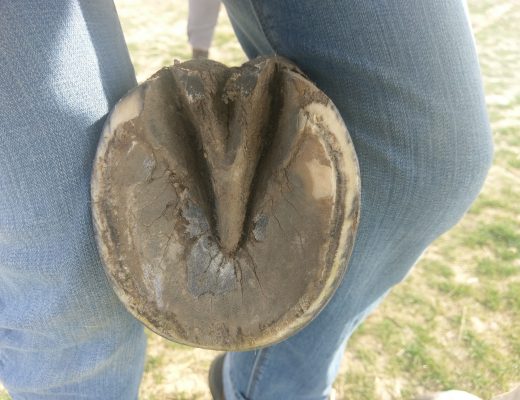I wrote this as a Facebook post a few years ago and wanted to re-publish it, adding some thoughts.
🎠A Perspective Shift🎠
We wake up, eat breakfast, get ready for our day, spend our hours working, taking care of our families, or if you’re lucky like me, working outside with horses all day. We finish up, eat dinner, relax if we have the time, and go to bed to start all over again the next day.
And as we go about our days, we notice all the little aches and pains, an impending cold, and anything else that might be happening in our bodies. We might take medicine for our headache or cramps, add a new vitamin to our shopping list, go to the chiropractor, buy new shoe insoles, schedule an appointment with the doctor….we have the power to adjust life’s pain and discomfort to some degree.
Our horses do not have that luxury. They don’t have credit cards, shopping lists, or Internet access. It’s up to us to figure out what they need. For some of us, this causes a lot of anxiety. For others, ignorance is bliss.
Often our horses have to speak VERY loudly to get our attention — a bout of colic, sudden lameness, a bolt through a fence, sluggishness during work, a huge buck we cannot sit – which leads us down the path of “what is going on” and “why”?
Everyone has an opinion — we ask our friends, our vet, our farrier, our trainer, our barn manager…..and in return we get conflicting opinions + information overload!
Make It Personal to Understand
Now imagine if you said, “Man, my back is killing me! I need to schedule an appointment for a massage/chiro visit.” And your friend says, “Seriously? It’s not like you play competitive sports or anything. You don’t even exercise that much, how could you be in pain?”
(Congrats, in this example you are a pasture pet or a lightly ridden pleasure horse!)
You would probably be offended + tell your friend it’s your body, you know it hurts, and you’ll do what you want to feel better.
It’s not any different when someone looks at me funny when I suggest a chiropractic adjustment or some body work for their horse. “But they’re not in work! They just stand around in the pasture all day.”
Well, cashiers stand around all day + ask them how they feel at the end of a shift….
I cleaned houses for the first six months that we lived in Washington because moving is hard and it was a job that was available. I built up my trimming business on the side. I have never been so exhausted in my life as I would be after a six hour shift cleaning houses. You were always in motion. I would come home and sit on our little couch in our tiny Seattle apartment and feel the weariness deep down in my bones. I would’ve snapped at anyone who made the assumption that cleaning houses was easy or a six hour shift couldn’t be that bad.
Getting Curious about Our Horses
Our horses have their own inner world. They have their own thoughts and feelings (in their own equine, non-human way that we can’t quite fully understand). Do they like their life? Do they enjoy their turnout or stall situation? Are they in pain? Do they like their pasture mates? Do they look forward to their exercise with their rider? What would they like to tell us? Do they stand around all day perfectly content? I have no idea! I think we could find out some of that information though….
Some of us will be resistant to this idea. “Horses aren’t humans! We shouldn’t anthropomorphize them!” Little alarm bells ring in our head – from things we have been told by people we respect or perhaps fear. We do live in a less than perfect world. Our horse keeping tends to benefit humans more than horses, and that is a different emotional obstacle to tackle later. BUT. Our horses can communicate with us and we can develop the tools to listen. This can look any kind of way that makes sense to you.
They are Talking….Can We Listen?
Horses are not assholes. They are not scheming to make us look stupid. They do not know what it means to “inconvenience” us. They always have a reason for their behavior or action. And because they cannot verbalize to us what is wrong, it is easy for us to dismiss their attempts to talk.
I am in the business of first SEEING the horse in front of me + just noticing what is obvious. Their body always correlates to their feet. So even though I am not a dentist, a vet, or a chiropractor, I can tell when something is off. That something that is off may or may not be affecting the feet — which is what I am there to work on.
When a horse swings their head towards me, with out without teeth, pulls their feet away, steps sideways to avoid my cue to lift their hoof, refuse to stand in one place calmly, avoid standing square, put their teeth on me, bobs their head up and down, loses their balance, or a myriad of other “inconveniences” I deal with while trimming, I know they are talking to me. It could be behavorial – plenty of horses have not been properly educated. It could be physical – so many horses have physical pain that hurts. It could be mental – they don’t like where we are standing, they can’t see their buddies….the list goes on.
I have gotten better at interpreting these cues.
Then we hoofcare providers (and owners!) have the decision of what to do – how can we help? Often times we need to work in harmony with a vet, bodyworker, trainer, or chiropractor to help the horse heal from behavorial issues, postural issues, old injuries, new injuries, tweaked or sore muscles, etc.
My interest in this area has been from general curiosity about horses and also as a way to keep myself safe at work, ensuring this career remains sustainable for me.
✨Your horse has their own inner world — the question is, are we listening? What can we do about what we learn?✨
Some Resources
Author whose perspective on horses is brilliant: her Facebook page.
Trainer whose perspective on horses is kind and compassionate: her Facebook page.
Book on better communication/understanding of horses: Amazon link.
Group for professionals and owners on equine biomechanics: Facebook group page.
Group on equine behavior for everyone: Facebook group page.
Some of my Equine Teachers…

Chai, Taz, and Feather
Though you can only see her hind hoof here, Feather was one of my equine teachers. I trimmed her for a few years until her death in 2020. Taz is her shadow, pictured here – he died in 2021. Chai the fabulous fluffy pup is still alive and well.
Feather was difficult physically for me to trim. She wouldn’t pick up her feet, she leaned on me, she ripped her feet away. I was exhausted every time and it took longer than a usual trim should. But eventually she started talking to me. I made a deal with her that I would listen if she would go easier on my body.
She would usually walk up, park herself, and request to go first. I always trimmed her and Taz at liberty. If she walked off during the trim, I would go follow her to her new preferred spot, which was never far.
She needed to have each hoof/limb set just right for best balance before she could offer one to me. We did a lot of backing, okay just one step! She would keep her feet in the cradle for a bit, which really saved my shoulders and neck.
I noticed that she would bump my butt with her nose when she wanted her front foot back. If she did it twice, then I had a few seconds to give it back or else she would rip it away. So I started listening after the second nose bump! I have this on video somewhere, I will go find it and share soon.
Because Feather and I came to an understanding, I thought – why can’t I develop this with every horse I trim? Feather reminded me of one of the very first ponies I trimmed who had a reputation for being “bad.” When I met her for the first time, I whispered to her (so her owner couldn’t hear, she would have thought I was crazy!), “hey, I know you’re a chestnut pony mare and everyone has judged you for it, but I promise to be nice and respectful if you don’t kick my head off.” And sure enough, she managed to cooperate with me for every trim.
Let them know you are listening and see what happens.





No Comments